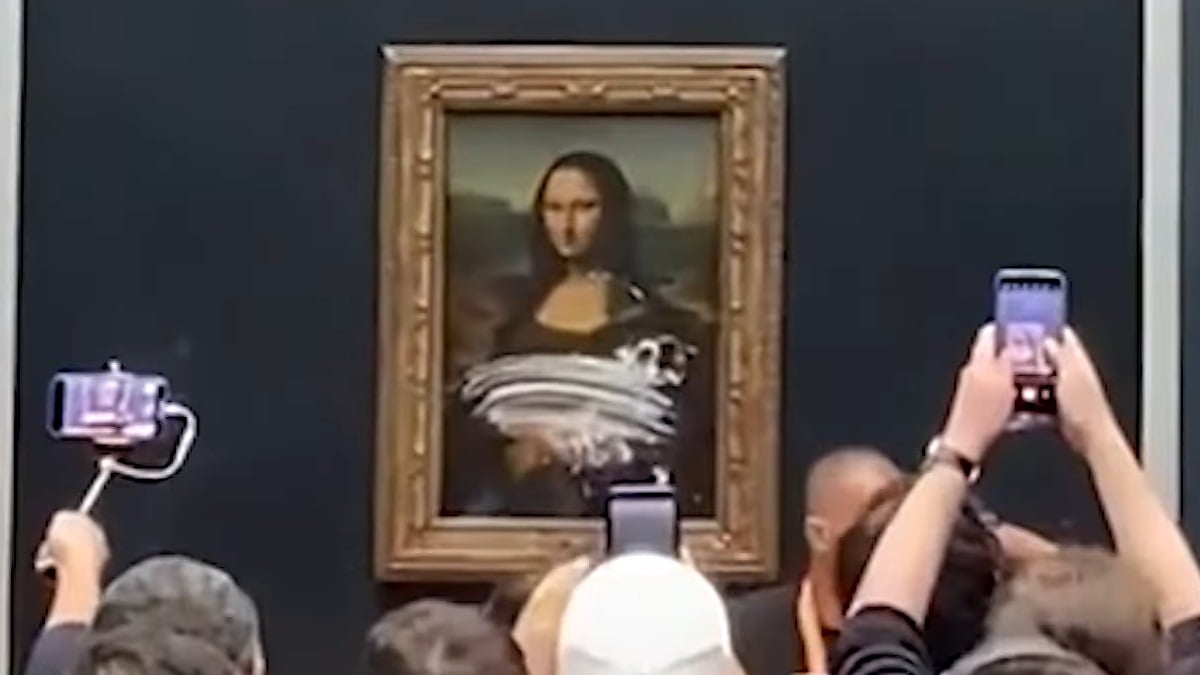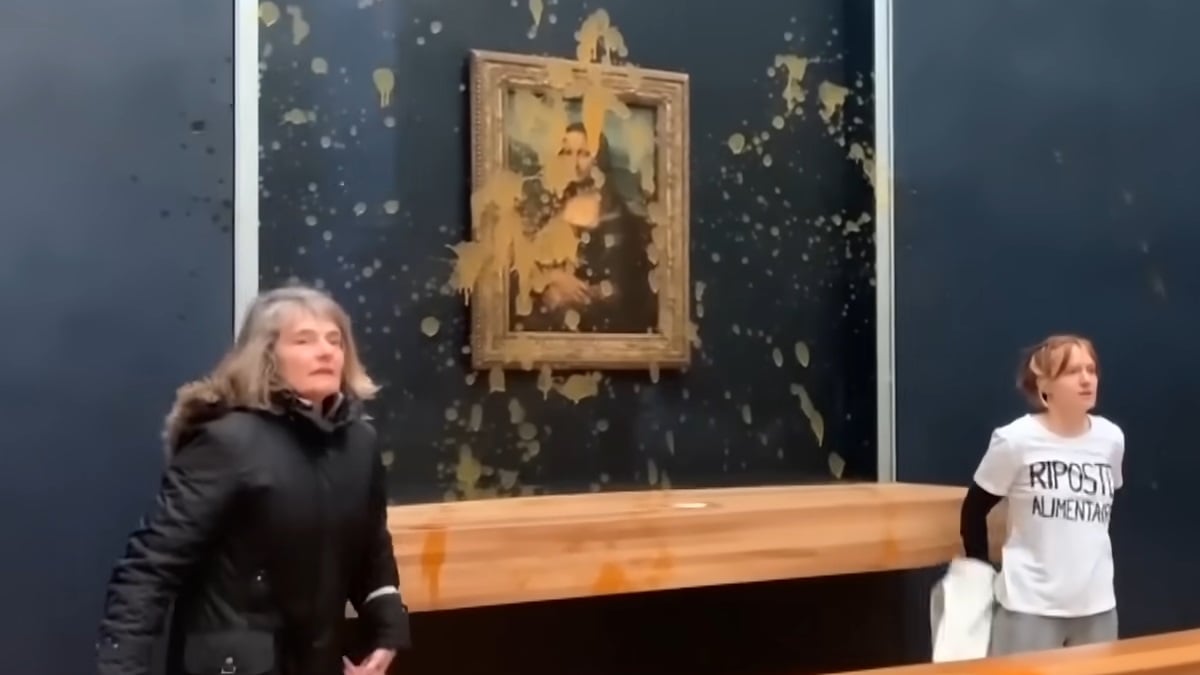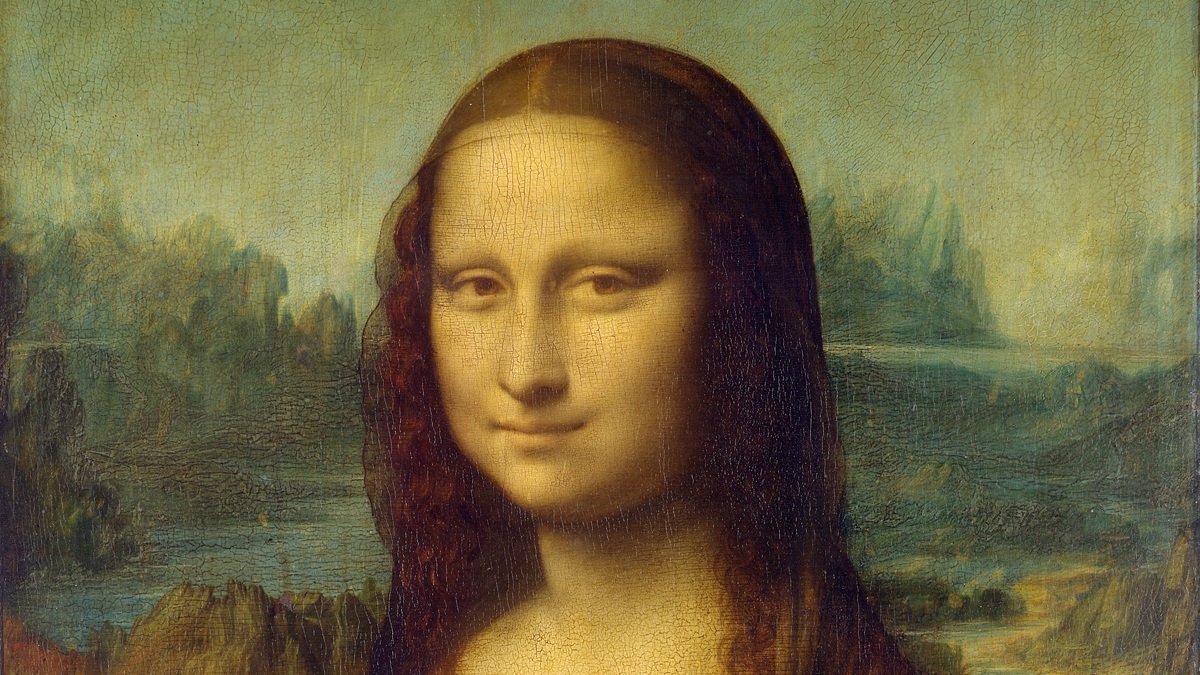The Mona Lisa, created by Italian Renaissance polymath Leonardo da Vinci between 1503 and 1519, is the most famous painting in the world. Da Vinci began working on it in Italy but in 1516, he traveled to France together with a trunk full of his works at the request of King Francis I.
The French king and Da Vinci had a close relationship and when the painter died in 1519, King Francis I displayed the Mona Lisa at the Palace of Fountainbleau. The painting changed hands among French royals throughout the years and at one point was an art piece in Napoleon Bonaparte’s bed chambers. The Mona Lisa was eventually displayed at the Louvre Museum in 1804.
It is estimated that about 10 million people from around the world flock to the Louvre Museum each year, and a staggering 80 percent of them visit just to get a glimpse of the Mona Lisa. Today, various security measures are in place to protect the valuable painting. It is encased in a protective shield made of anti-reflective, bulletproof glass to provide the best viewing experience for visitors without the risk of getting the painting ruined.
After all, there have been several attempts to destroy the Mona Lisa throughout the years.
The 1911 theft of the Mona Lisa
In 1911, the Mona Lisa didn’t have the notoriety that it has today and was famous only among the people in the art world. On Aug. 11 of that year, three men stole the Mona Lisa from its display, and it wasn’t immediately noticed by the museum staff. It was an artist who wanted to do a still life painting at the museum that noticed the Mona Lisa missing. He wasn’t alarmed, however, as it wasn’t uncommon for art pieces to be missing from their places when they were taken by staff to be photographed.
Eventually, he asked a security guard to ask how long it would take before the painting was returned to the spot. The guard later discovered that the painting wasn’t with the photographers. It had been 26 hours since the heist when the theft was discovered.
Authorities worked diligently to get the painting back. They distributed flyers, offered rewards, and interviewed museum staff, but they were no closer to finding out who the culprits were. Two years later, the thieves were identified as three Italian men.
The mastermind was Vincenzo Peruggia, a former Louvre employee who helped install the glass casing that protected the Mona Lisa. For the majority of the time the painting was missing, it was kept in Peruggia’s place before he decided to sell it in 1913. He claimed that he wanted to return the painting to Italy where he thought it rightfully belonged and contacted Italian antique art dealer Alfredo Geri to sell the piece. Geri got in contact with the director of Italy’s Uffizi Gallery, Giovanni Poggi, to authenticate the painting.
Authorities were contacted when they confirmed that the painting was, indeed, the Mona Lisa. Peruggia was sentenced to one year and 15 days in prison, of which he served only seven months. The Mona Lisa was returned to the Louvre Museum in January 1914.
Acid attack in 1956
The first vandalism attempt on the Mona Lisa happened in 1956. The painting was displayed at a temporary art exhibition in Montauban, France when an unnamed individual doused it with acid. The chemical hit the bottom part of the painting. It isn’t widely reported how significant the damage was during the incident, but this prompted museum staff to add a protective glass over the painting whenever it was displayed to avoid damage in the future.
Hit with a rock in 1956
In Dec. 1956, Bolivian citizen Ugo Unzaga visited the Louvre Museum and threw a rock at the Mona Lisa. The impact shattered the glass barrier, and the rock chipped off some paint on the elbow. Fortunately, the damage was minimal and restorers were able to fix the painting. The museum had to reevaluate how best to protect the Mona Lisa from such attacks, and better security measures were implemented.
Spray painted in 1974
On April 16, 1974, the Mona Lisa was transported to Japan for an exhibit at the Tokyo National Museum from April 20 to June 10. More than a million people lined up at the museum doors to get a 10-second look at the famous painting. Among them was Tomoko Yonezu, a disabled woman confined to a wheelchair. She attempted to vandalize the Mona Lisa with red spray paint, but only damaged the protective glass.
Reports indicated that the woman did so for the museum’s lack of accommodation for disabled individuals such as herself. She was charged and convicted of a misdemeanor and was asked to pay a fine. After the incident, Tokyo National Museum staff scheduled specific viewing days for persons with disabilities for the remainder of the exhibit.
Hit with a cup in 2009
In Aug. 2009, a disgruntled Russian woman visited the Louvre Museum with a teacup in her purse. She threw the cup onto the Mona Lisa, which was protected by bulletproof glass. The cup smashed into pieces, but the painting was left undamaged. The woman was promptly taken into custody and questioned. It was later discovered that she was extremely agitated after her application for French citizenship was rejected.
Smeared with cake in 2022

In May 2022, a 36-year-old man wearing a wig and lipstick to disguise himself as a woman faked being disabled and used a wheelchair to have better access to the Mona Lisa and vandalize it. According to museum staff, visitors using wheelchairs are free to position themselves in front of other patrons to have a better view of the artwork. Upon reaching the painting, the man stood up from the wheelchair and reached for a slice of cake that he had been hiding. He smeared it on the Mona Lisa’s protective glass casing while yelling about how people are destroying the planet. The incident caused a commotion, but the painting was left undamaged.
Splattered with soup in 2024

In Jan. 2024, two women splattered pumpkin soup on the Mona Lisa. One of the women wore a shirt that read, “Riposte Alimentaire,” which translates to “Food Counterattack”. Riposte Alimentaire is an activist group that promotes sustainable farming and the conservation of natural resources. Just like the previous incidents, the Mona Lisa was left intact, thanks to its protective bulletproof glass casing.
As the most famous painting in the world the Mona Lisa will always be a target for anyone looking for publicity. Let’s just hope that bulletproof glass holds up to whatever gets thrown at it in future.

